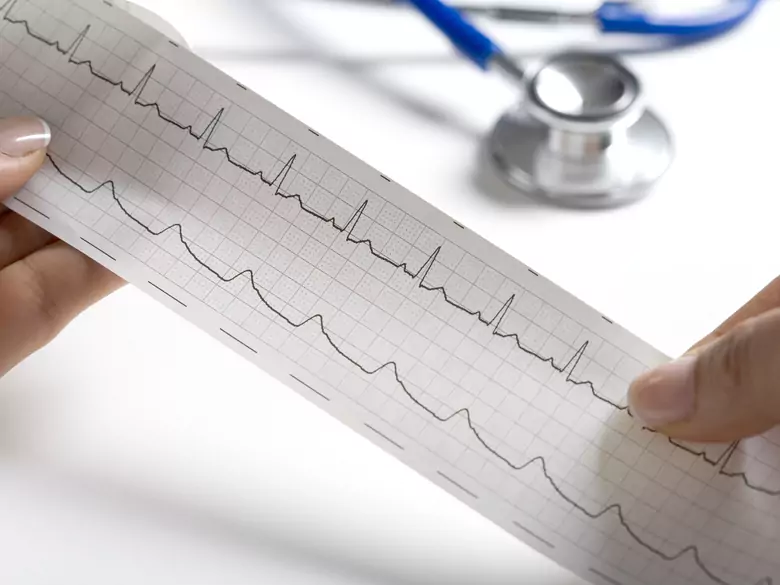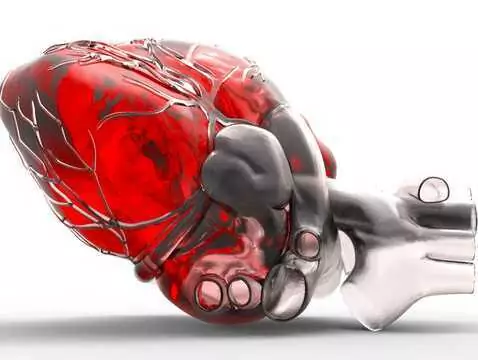Cardiomyopathies are a group of diseases that consequently lead to dysfunction of the heart muscle. They can be inherited or non-genetically determined, acquired.
There are several types:
- Proliferative.
- Hypertrophic.
- Restrictive.
- Arrhythmogenic right ventricular cardiomyopathy.
Dilated cardiomyopathy is defined as a disease causing impaired systolic function of the heart. It develops with dilatation of the left or, less commonly, the right ventricle (and therefore enlargement of the heart silhouette) and a reduction in ejection fraction. The main causes are viral infections, toxins, ischaemic heart disease and systemic connective tissue disease, although in some cases the aetiology is unknown. Approximately 20% of cases have a genetic basis and are familial. It is more common in men. The most common symptoms are heart failure, i.e. left ventricular failure with dyspnoea, decreased exercise tolerance and cough. If the right ventricle fails, it manifests itself primarily in the form of swelling, usually around the ankles, anorexia and abdominal pain due to liver enlargement. In addition, cardiac arrhythmias may occur.
Hypertrophic cardiomyopathy is most often genetic. It is relatively rare, occurring in only 0.2 % of the population. However, it is the most common cause of death in young athletes. The basis of this disease is hypertrophy of mainly the left ventricular muscle, sometimes also of the interventricular septum. It sometimes progresses with stenosis of the left ventricular outflow tract. In contrast, myocardial systolic function is usually normal, while diastolic function is impaired. The disease is most often asymptomatic, with less frequent complaints of dyspnoea, dizziness, palpitations and syncope.
Restrictive or constrictive cardiomyopathy is a disorder of left ventricular diastolic function, specifically a reduction in the left ventricle's ability to dilate during diastole. Over time, the condition leads to the development of circulatory failure. It is a relatively rare condition, occurring mainly in families. It may accompany other diseases such as sarcoidosis, systemic connective tissue diseases, diabetes, and may be a complication of radiotherapy for cancer. The most common symptoms reported by patients are dyspnoea and reduced exercise tolerance.









